Repurposing old household items and finding second-hand treasures is quickly becoming a part of our environmentally minded and budget-conscious culture. Repurposing old buildings for new uses, though, is nothing new; but when these buildings are repurposed in a way that incorporates the original architecture into a modern design, it provides a valuable link to the past. The following Berks County businesses have preserved pieces of the original architecture of their buildings and in doing so have breathed new life not only into the buildings themselves, but into a slice of the community’s history.
Bell Tower Salon & Spa
It’s not easy to imagine a salon, spa, store and café occupying a horse stable and carriage house, but that’s exactly what Carolyn Helms, owner and president of the Bell Tower Salon & Spa, envisioned when she drove by 18 State Hill Rd. in Wyomissing. She knew this location fit her “vision of the perfect luxury community salon and spa,” despite the fact that the building was not for sale at the time.
The Bell Tower Salon & Spa has historically repurposed old spaces for new uses. It was originally located in Reading’s Historic Centre Park District in a mansion that once served as a funeral parlor. When the former space was no longer able to accommodate the needs of the growing company, Helms knew it was time for a location change.
Helms drove by the salon and spa’s current location and thought it was so perfect she admittedly “became obsessed” with the building. She says her husband told her, “If I could get the building, he would help me renovate the space and support my idea. Of course, he didn’t actually think I could acquire the building, as it was not for sale. But obviously I was persistent, and I did.”
The structure is more than 100 years old and was originally owned by a member of the Thun family, although historical records are unclear as to which member of the family actually owned the property. The Thun family was instrumental in the area’s growth and development, and the family’s descendants continue to be essential to the growth and development of Berks and Lehigh counties.
Ferdinand Thun was a German immigrant who came to the United States in the late 1800s. In 1892, he teamed up with Henry Janssen, another German immigrant, to create a braiding machine company in Reading. In 1896, Thun and Janssen moved their business, the Textile Machine Works, to Wyomissing. Their business expanded into Wyomissing Industries, which encompassed their textile business, their new fabric business, and the Berkshire Knitting Mills.
Thun and Janssen were instrumental in the incorporation of the Borough of Wyomissing in 1906. Thun served more than three decades as president of the borough council, and the Thun family’s horse stable and carriage house were eventually used to house borough maintenance equipment. During his tenure as borough council president, Thun worked to transform the borough into a model community. According to the Wyomissing Foundation, Thun’s vision led to Wyomissing being known as the “Queen of the Boroughs.”
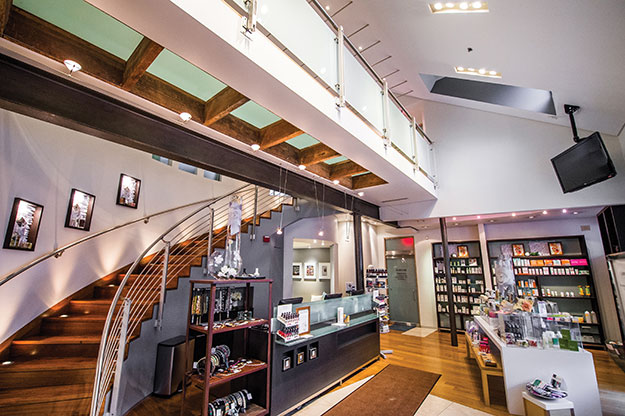
A New Kind of Beauty
It seems fated that a property once belonging to a family whose patriarch had such a grand community vision should later house the Bell Tower Salon & Spa, whose owner’s grand visions have helped the salon receive top industry accolades. Thus the property’s historic architecture and the company’s modern purpose and style were blended during the renovation, which took more than a year to complete and later garnered notoriety. The renovation appeared in national and international trade, fashion and design publications. In 1999, the Bell Tower Salon & Spa opened its doors in Wyomissing.
According to Helms, “People love that the original structure of the building was maintained.” The exterior of the building was cleaned and refreshed with stain, but other than that, it was untouched. The original brickwork inside the building as well as the original barn doors and steel support beams were left intact.
As is often the case with old buildings, the Bell Tower Salon & Spa is rumored to share its space with friendly ghosts. Employees immediately felt the presence of ghosts when the company opened its doors. For example, there were times employees would hear paper rustling and footsteps in another room only to enter and find it empty. There have also been instances of lights mysteriously turning on and off in various parts of the facility and computer screens turning on after they’ve been shut down. The rumors gained such popularity that Charlie Adams, local author of books about haunted places in Berks, visited the salon. But customers aren’t scared off by these spirits; in fact Helms says, “Lots of guests find it very interesting that we are rumored to have friendly ghosts residing within our walls!”
These walls convey the vision of the Bell Tower Salon & Spa as a business and the ideals of its employees. According to Helms, “We are always re-inventing ourselves. Our team and vision for the Bell Tower will continue to evolve as our building has over the years. The design of the building will never become dated.” She adds that the space, “represents our image well — classic and nostalgic, yet cutting edge and current at the same time.”
Learn more about the Bell Tower at belltowersalonspa.com.
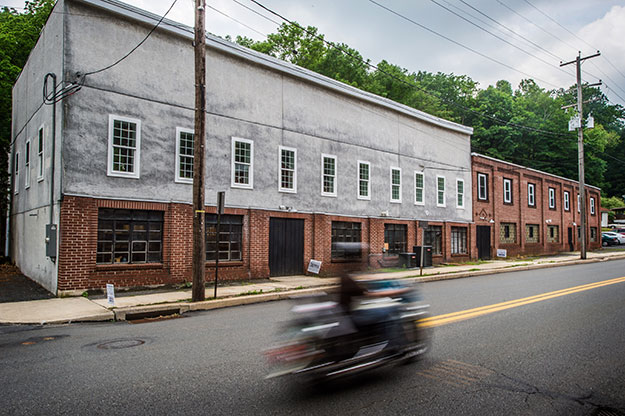
Science Explorers
Science and history combine in the new headquarters for Science Explorers, a company that provides opportunities for kids ages four through 11 to have fun with hands-on science activities. Offices are housed at 110 West Wyomissing Avenue, Mohnton, in a building that dates back to the 1820s and was formerly called home by the Mohnton Rifle Factory.
Cumru Township was established by Welsh settlers who migrated to the area in 1737. One of the villages established in the township’s Wyomissing Creek area was Mohnsville, named for the settlers who owned the land; the Borough of Mohnton was incorporated in 1907. In 1906, during the incorporation process, the village’s name was changed to Mohnton because citizens believed the name Mohnsville was too similar to Mohrsville, another Berks borough.
The building that currently houses Science Explorers was built by Benjamin Mohn, a family member of the original settlers of Mohnsville, in the 1820s. It was originally erected as a water fed grist mill that was run with a paddle and a wheel; in fact, the original course for the water is still visible on the property. When the gun barrel manufacturing business became popular, this and many other grist mills built by the settlers were converted to gun barrel manufacturers and other factories. The Welsh settlers brought their gunsmith knowledge with them, so the area was rich with gunsmiths during this manufacturing boom. Mohn later sold the building to his apprentice, Henry Worley, who continued to manufacture gun barrels.
The gun barrel manufacturing industry eventually slowed down, and many of the area’s gun factories were converted to hat-making factories. Worley followed the trend; he converted the building and began making hats in 1878.
The building went through other changes over the years, even serving as a silk mill at one time, before housing the Mohnton Rifle Factory. This company manufactured Pennsylvania rifles, which later became known as Kentucky rifles and American longrifles.
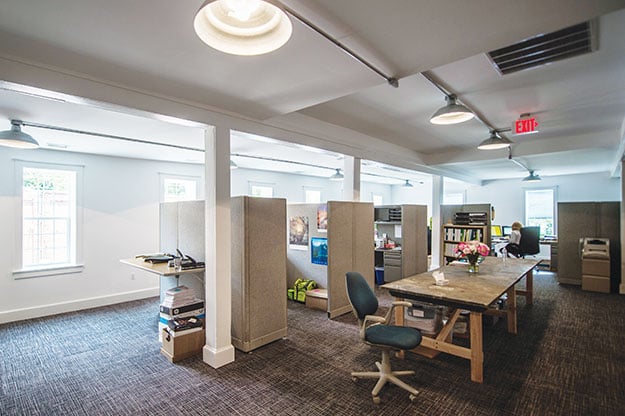
An End to Factory Days
In April 2014, the building’s historic use as a factory took a dramatic turn when it was purchased as the headquarters for Science Explorers. After one year of intense renovations, which included removing more than 40 tons of drywall and debris; insulating the entire building; and replacing the windows, the heating system, the electrical panel, and all of the plumbing, the company was able to move into its new location.
According to Jennifer Moorehead, founder and CEO of Science Explorers, the contractors paid amazing attention to detail, and elements of the building’s original architecture can be seen in the current space. For example, the building’s original windows were incorporated into the current design, and approximately 23 windows that had been covered over were replaced in an attempt to “return as much of the original footprint as possible.” The renovation team also found artifacts and memorabilia from the building’s previous uses, such as stockings and packaging from the time the building acted as a silk mill, as well as a checkbook from 1934; these items will be included in a memory box to display more of the building’s history. There is also a commemorative plaque that stands in front of the building listing the area gun makers from 1776 to 1900; Mohn and Worley’s names are included.
Science Explorers is celebrating its 15th year. It formerly operated out of Blue Ball in Lancaster County for 10 years while it expanded its programs to Berks, Lehigh and other surrounding counties. Moorehead says the business grew “from approximately 37 after school science clubs at area elementary schools in Pennsylvania and Delaware to 240 after school programs plus summer programs and on-site field trips in Pennsylvania, Delaware, New Jersey, Baltimore, and Washington, D.C.” She moved the company’s headquarters because “we needed more space desperately, and Berks County is a wonderful central point.”
She chose this space because “it was very ‘primitive,’ but gave us room for our growing Science Explorers. I thought the combination of history and science was a perfect fit.” The building also conveys the ideals of the company; according to Moorehead, “Science Explorers attempts to be responsible to the Earth. We are big advocates for reduce, reuse, and recycle, and we have done all of that with this building.”
Moorehead and her staff are happy with the renovated space, which she describes as “15,000 square feet of potential” with “lots of light,” adding, “My staff said they feel like they are working in a hotel!” Although the space only houses the headquarters now — Science Explorers activities are taken to the public instead of the public coming to the company — Moorehead says she would like to have a hands-on science center at Science Explorers’ headquarters at some point in the future.
To learn more about Science Explorers, visit scienceexplorers.com.
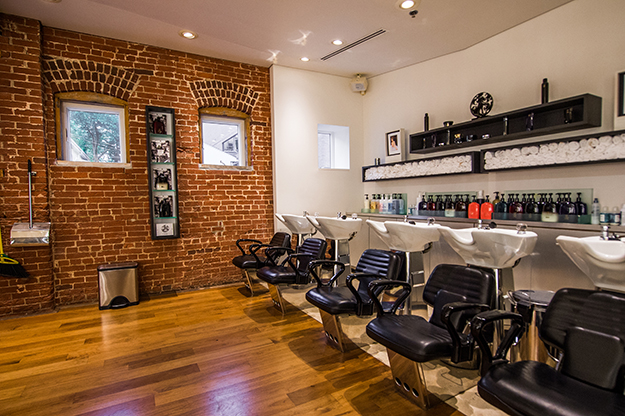
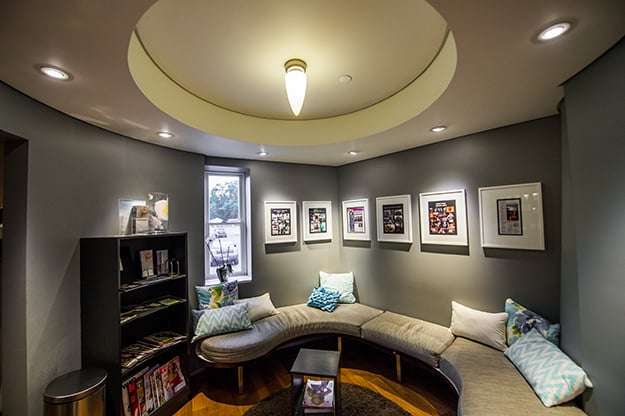
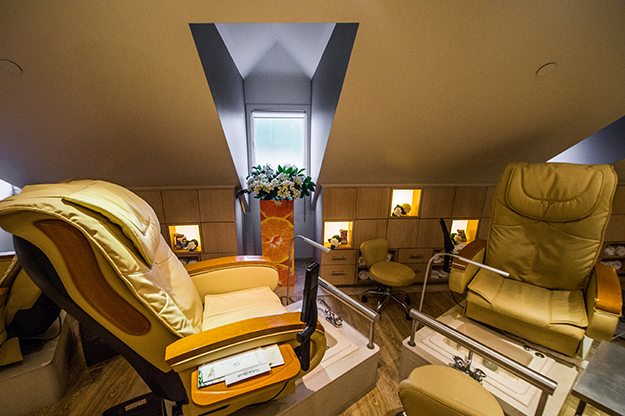
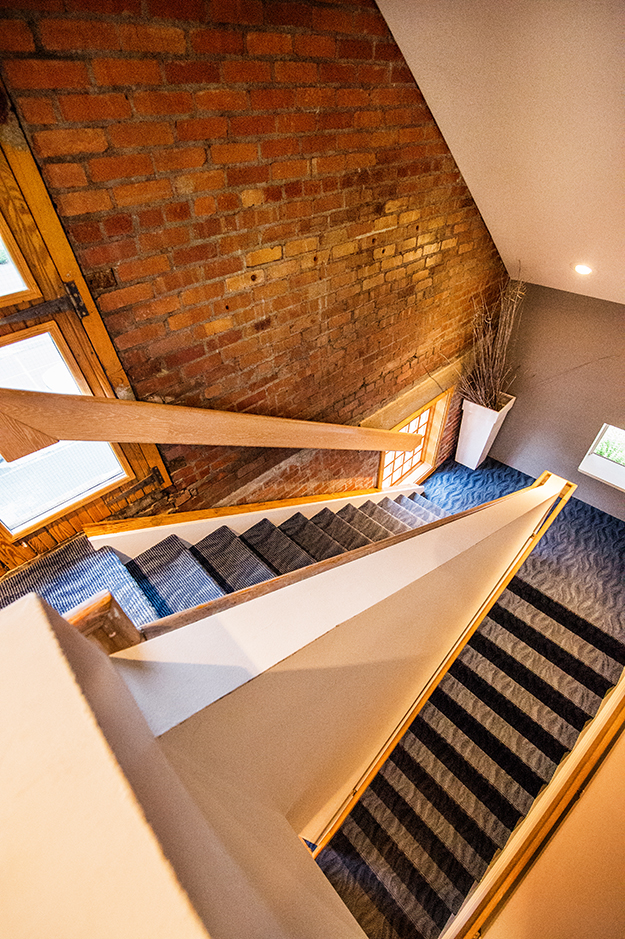
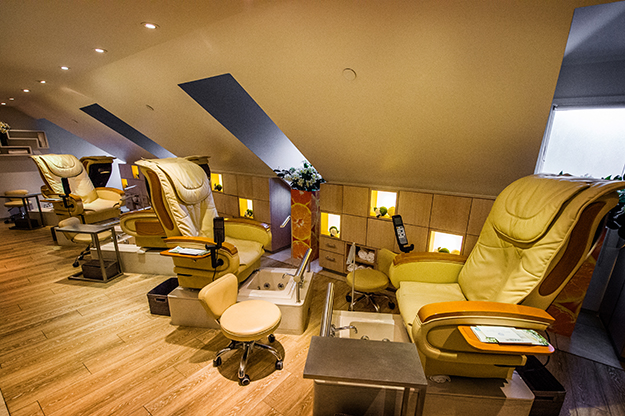
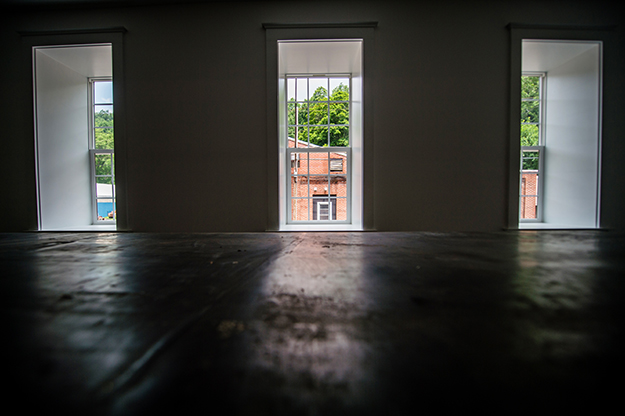
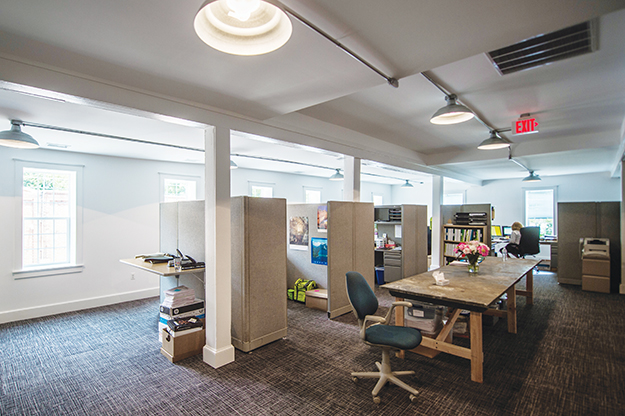
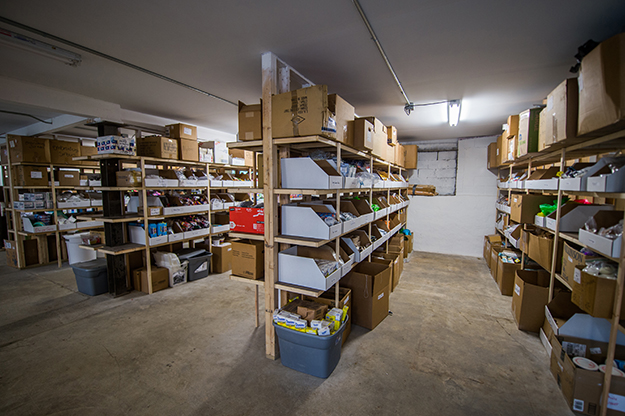
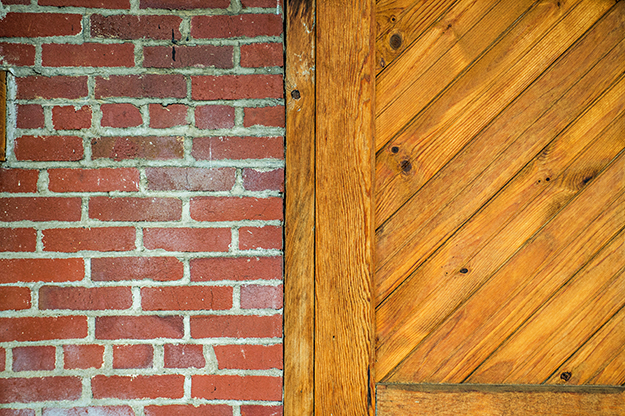
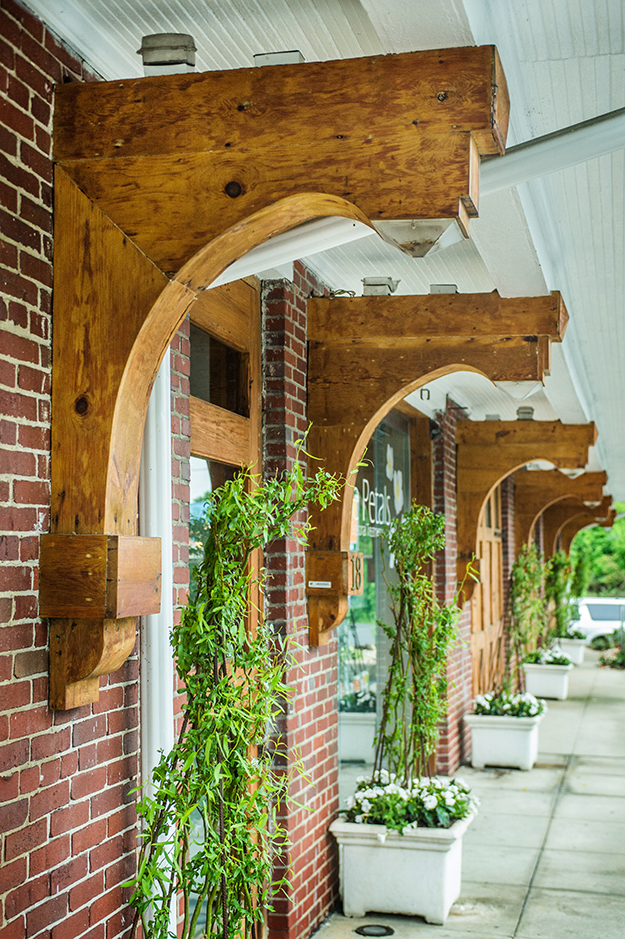
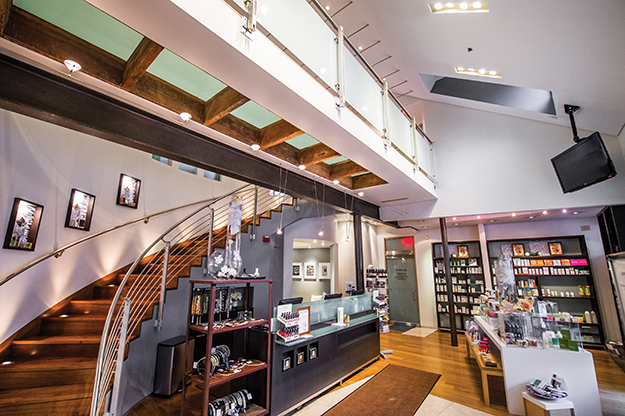
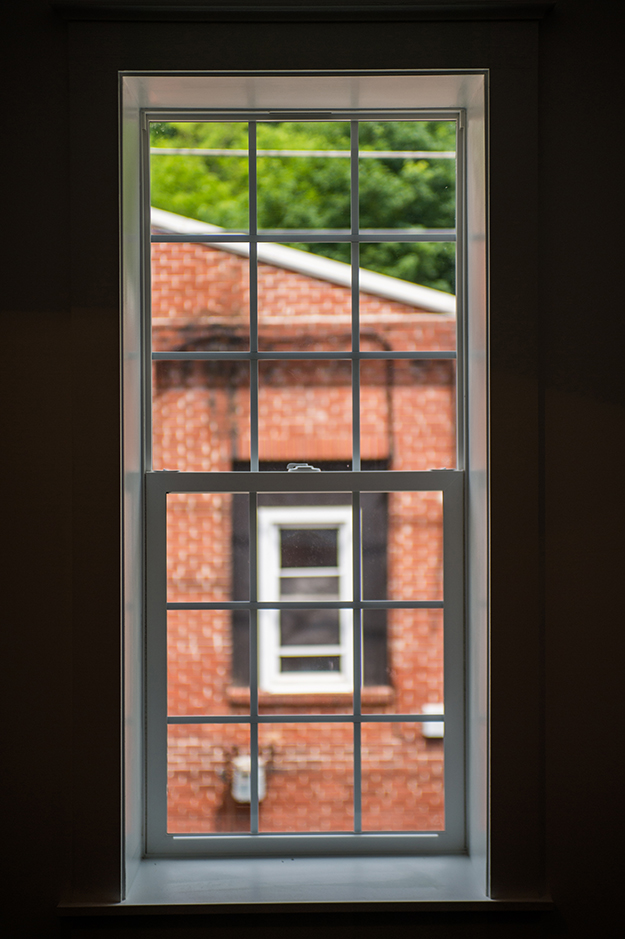
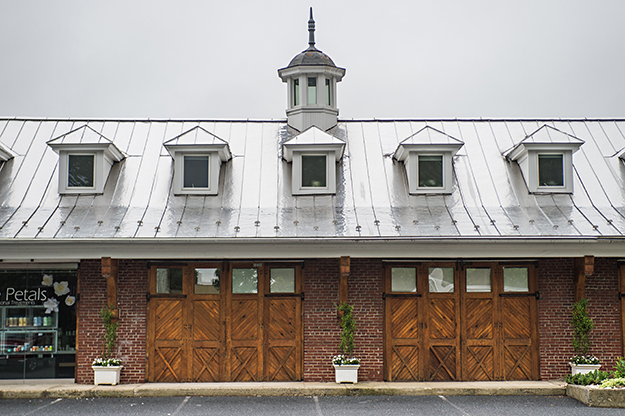
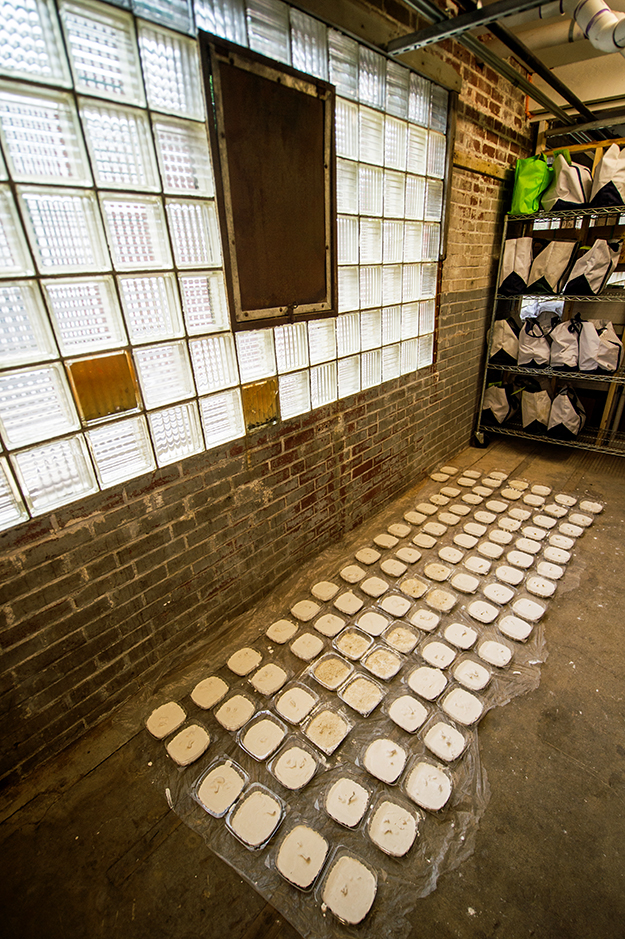
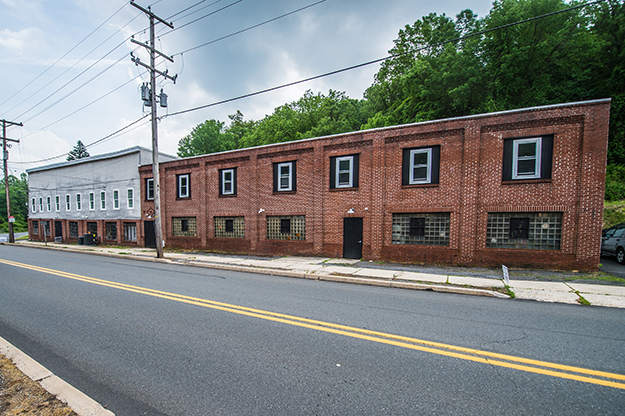
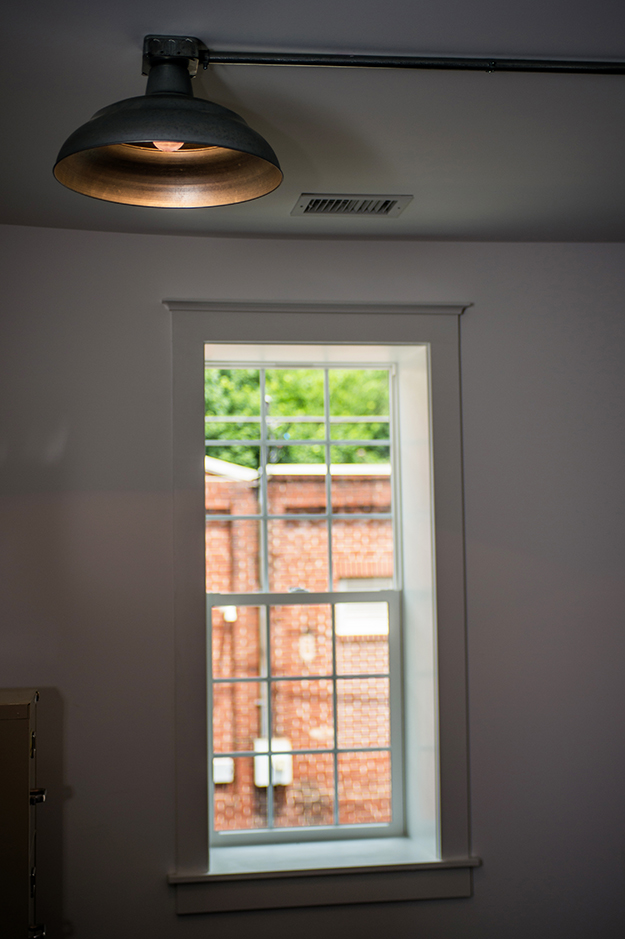
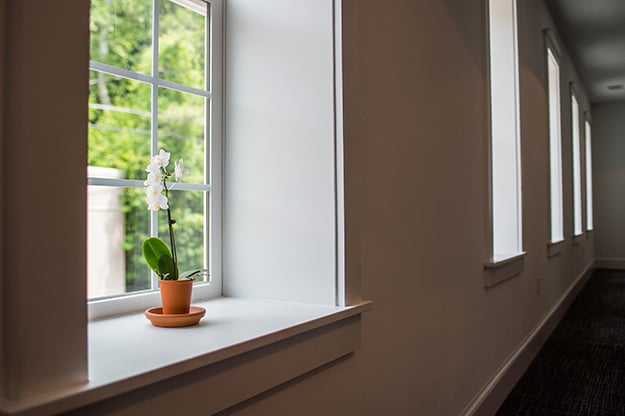
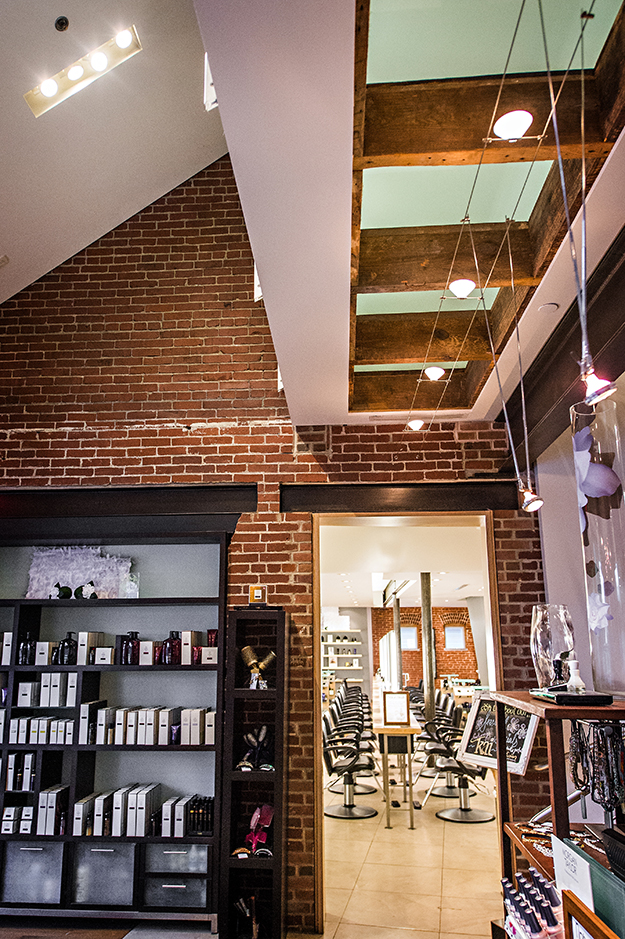
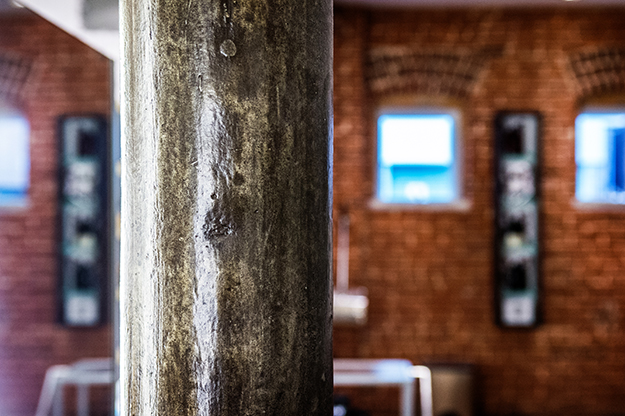
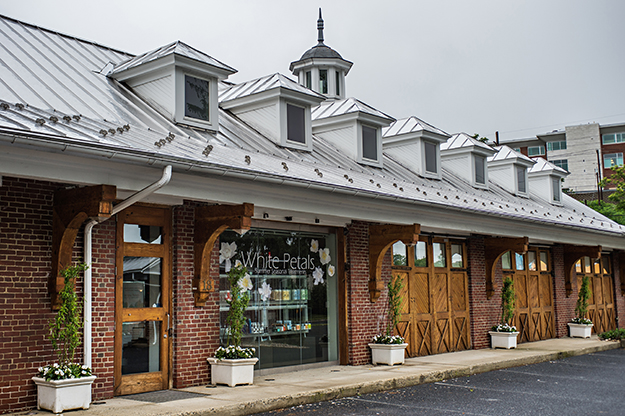
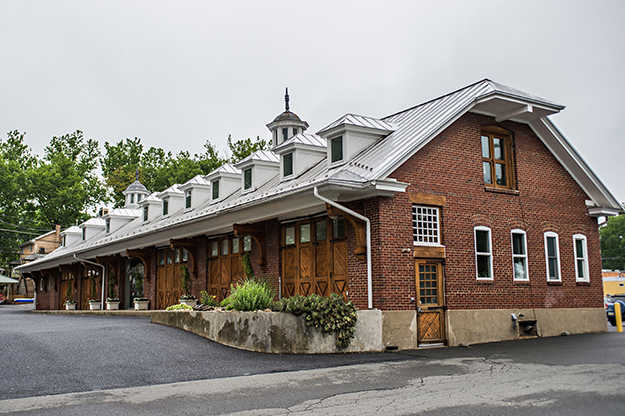
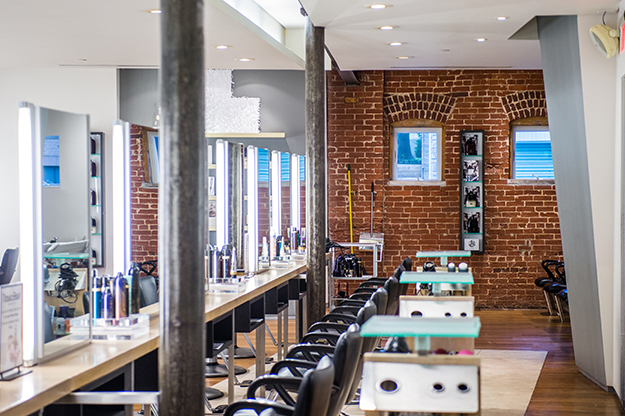
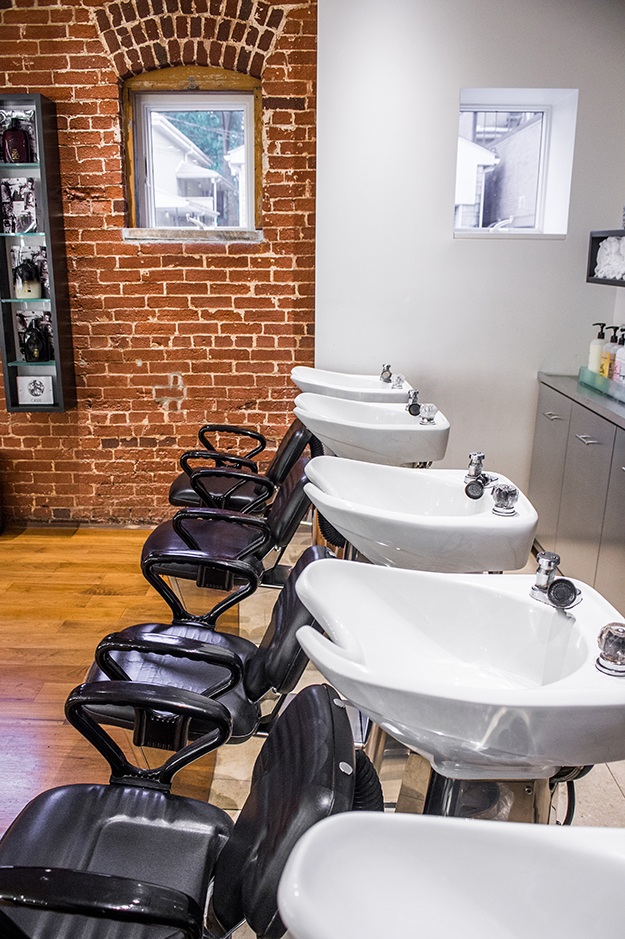
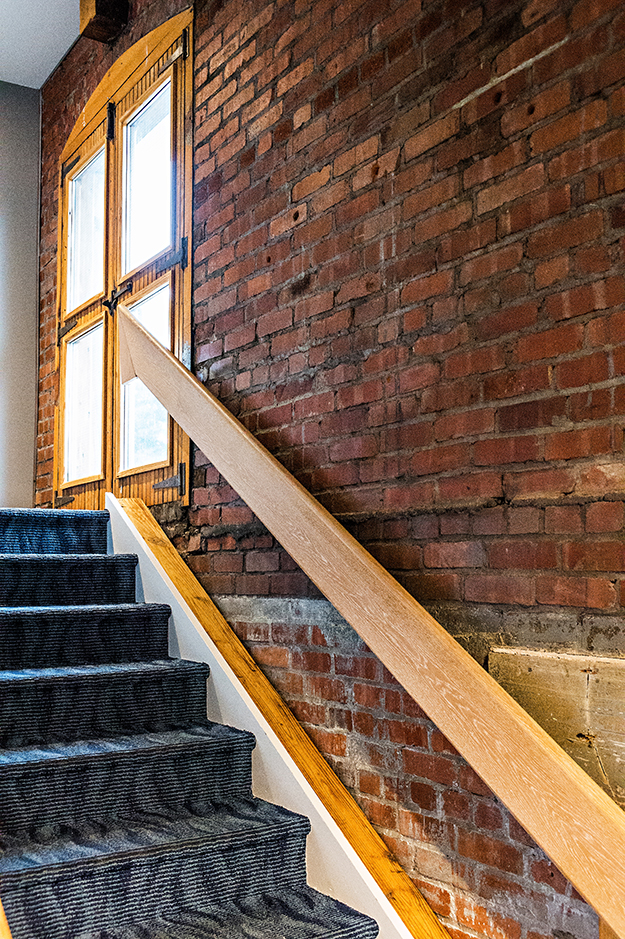
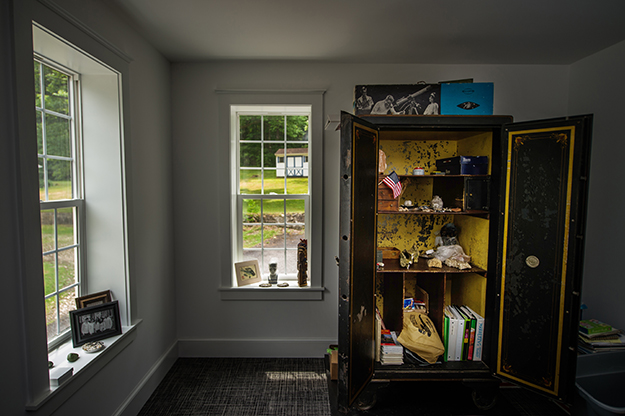
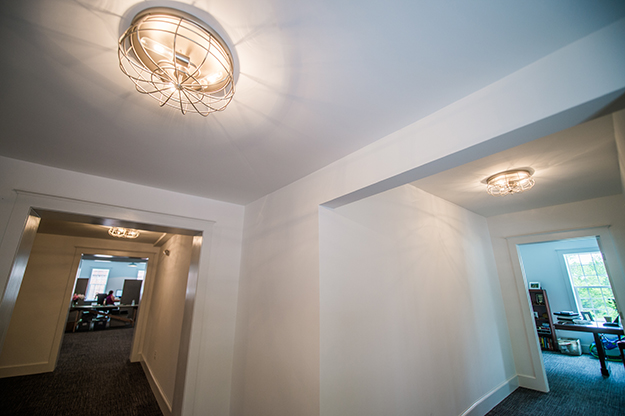
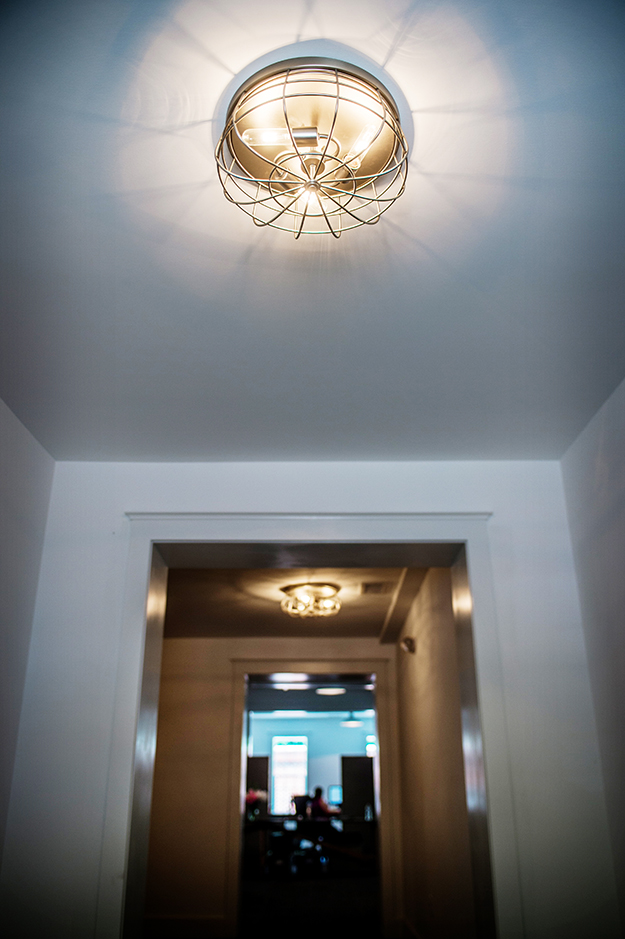
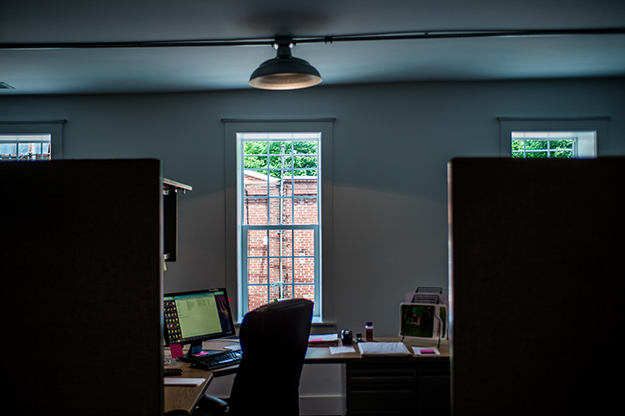
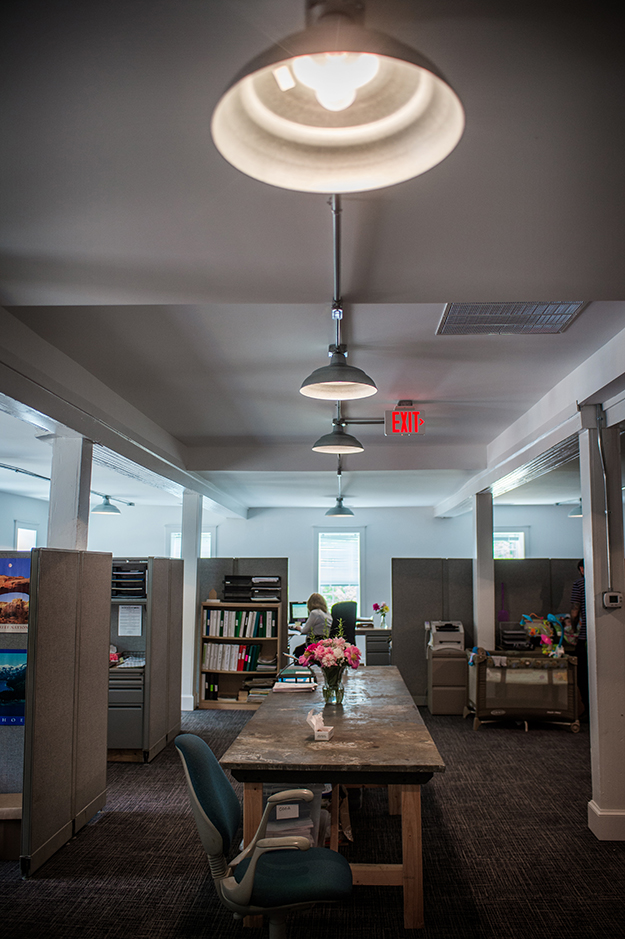
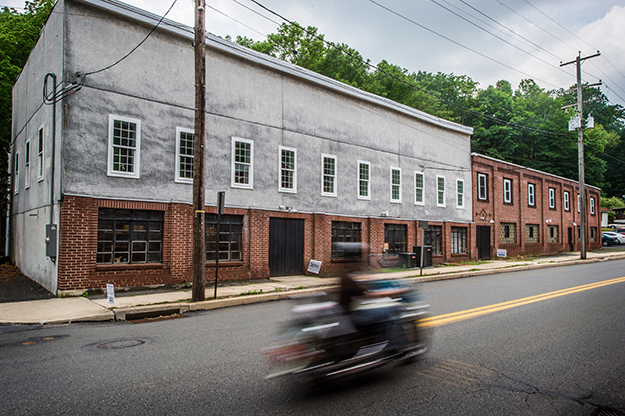
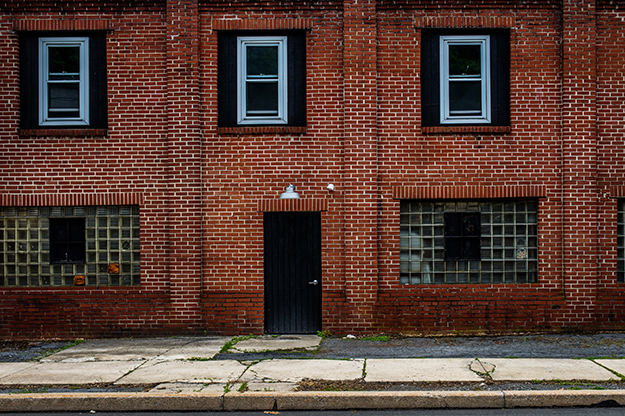
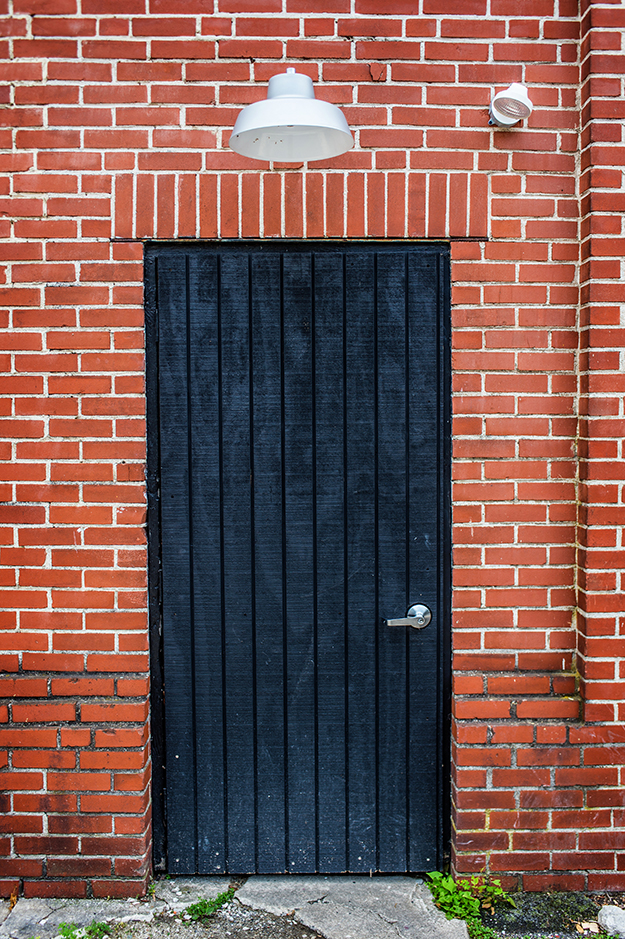
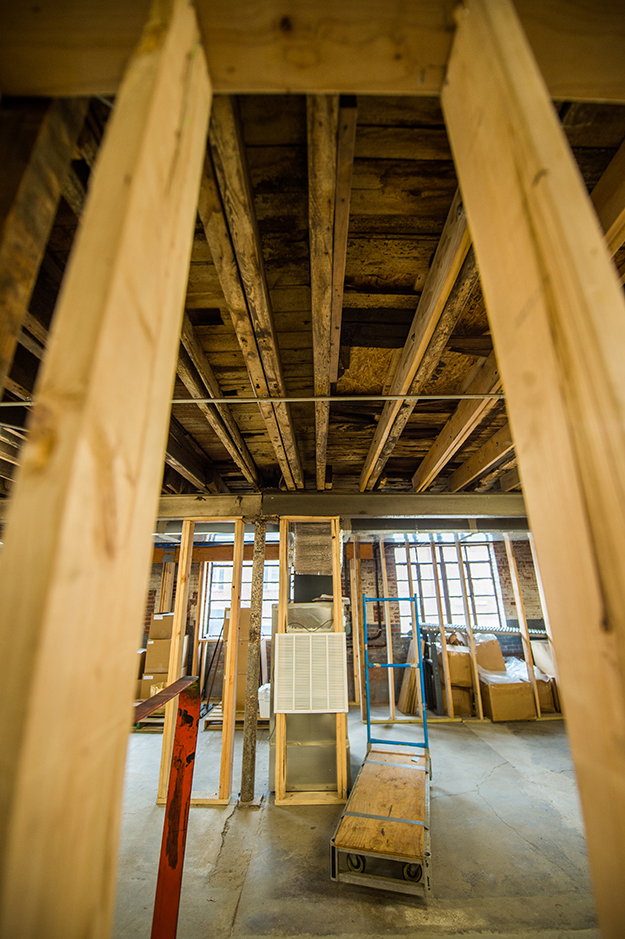
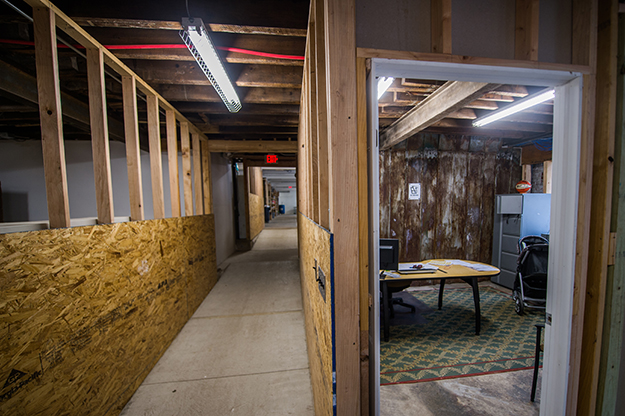
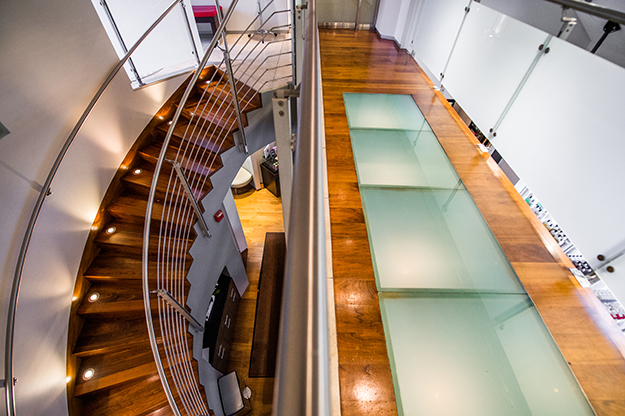
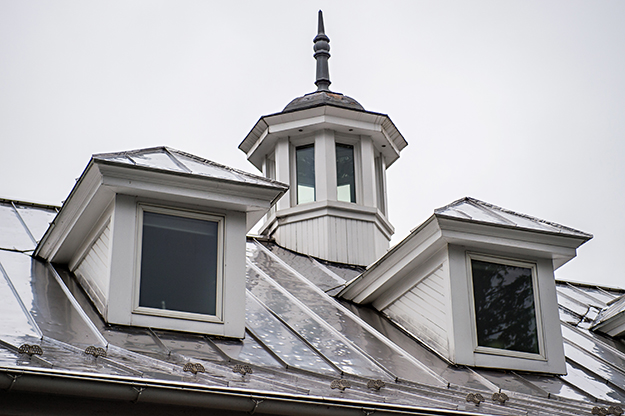
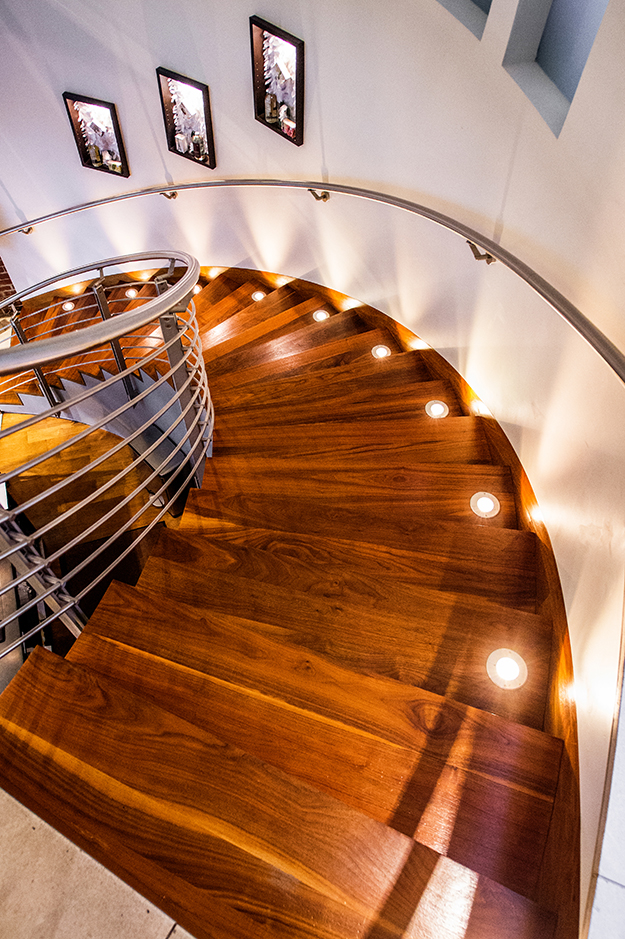
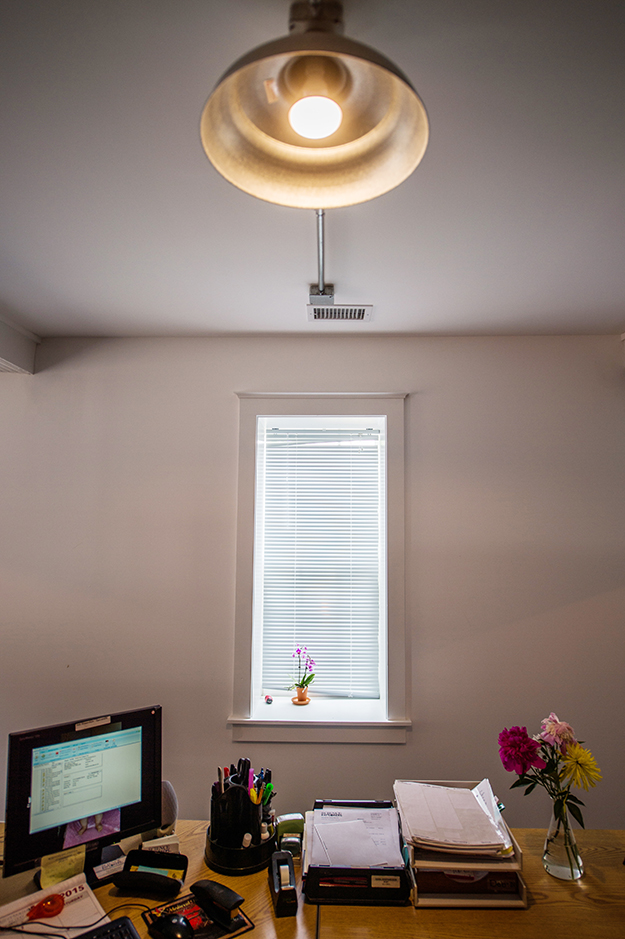
By Christina Steffy | Photos by John A. Secoges, Secoges Photographics















